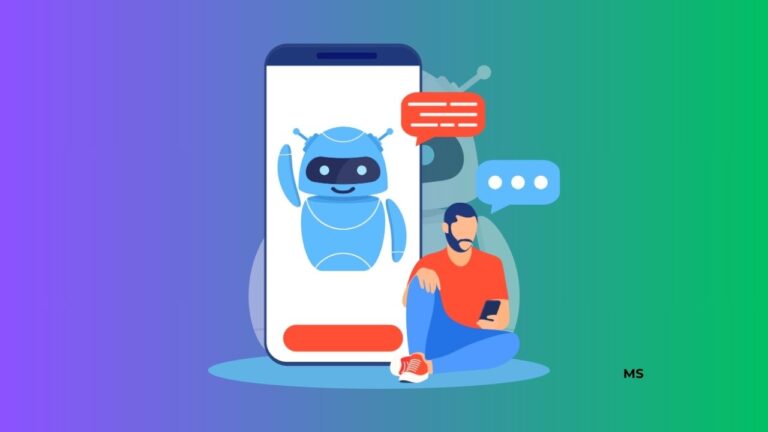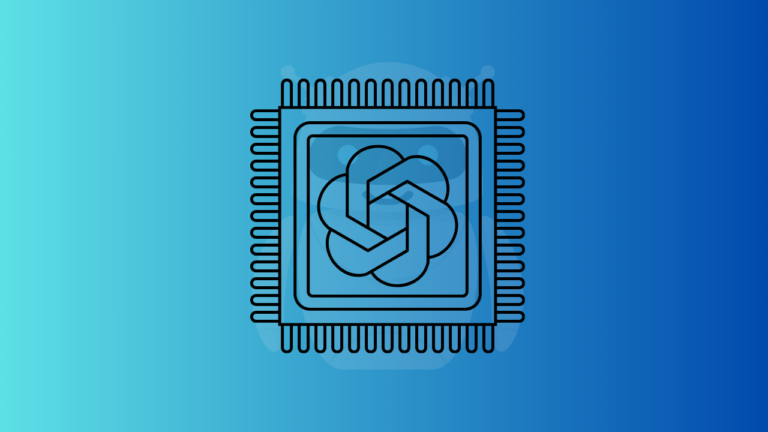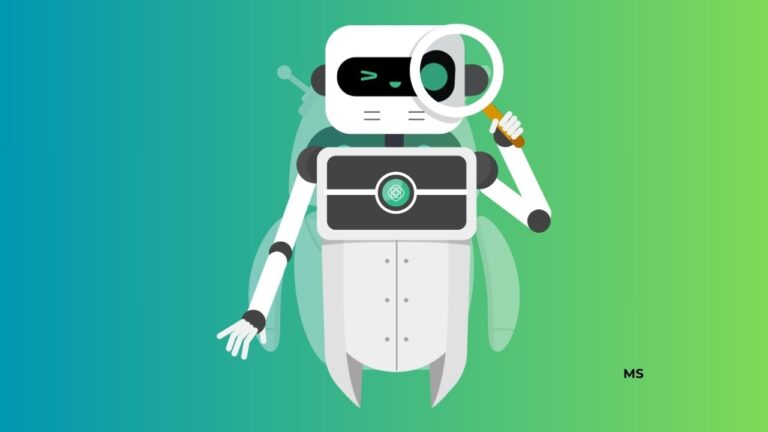21 AI Solutions for Business to Boost Efficiency, Cut Costs, and Save Time!
“Dive into our insightful blog post where we unveil 21 AI solutions for business designed to elevate performance. Learn how these cutting-edge technologies can dramatically enhance efficiency, slash operational costs, and save valuable time. Tailored for forward-thinking business professionals, this article offers a comprehensive guide to integrating AI into your business strategy for transformative results.”

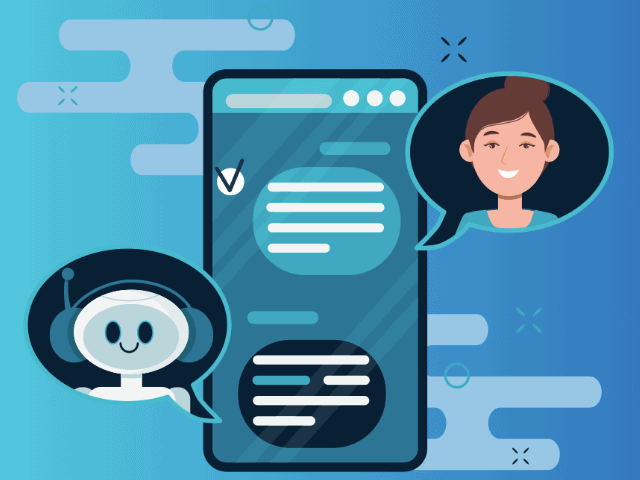
1. Automated Customer Service
Implement AI-powered chatbots for 24/7 customer support, reducing wait times and freeing up staff.
Example: A boutique website uses a chatbot to answer customer queries about store hours, product availability, and more.

2. Enhanced Data Analysis
Utilize AI for analyzing large data sets and gaining insights into market trends and customer preferences.
Example: A local grocery chain uses AI to analyze shopping patterns and optimize stock levels based on predictive trends.

3. Efficient Inventory Management
Apply AI to predict inventory needs, minimizing overstock and understock situations.
Example: A small electronics retailer employs AI to reorder popular items before they run out automatically.

4. Personalized Marketing
Use AI algorithms to create personalized marketing campaigns, increasing engagement and conversion rates.
Example: An online bookstore uses AI to recommend books based on each customer’s browsing and purchase history.

5. Advanced Sales Forecasting
Employ AI for more accurate sales predictions, aiding in better resource allocation and planning.
Example: A café uses AI to predict daily customer flow and adjust staffing and supplies accordingly.

6. Streamlined HR Processes
Integrate AI in HR for resume screening and initial candidate assessments, saving time in recruitment.
Example: A marketing firm uses AI for initial resume screening, efficiently filtering through hundreds of applications.
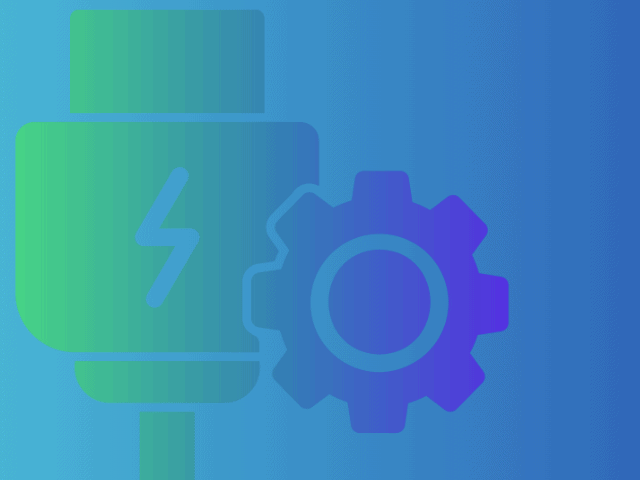
7. Optimized Energy Use
Implement AI for monitoring and optimizing energy consumption, reducing utility costs.
Example: A small manufacturing unit installs AI-powered sensors to control lighting and heating, reducing energy bills.
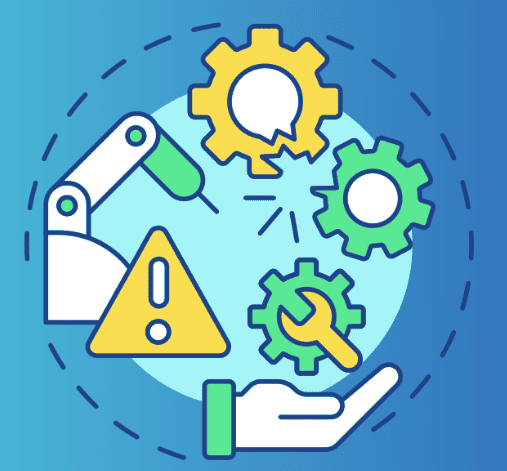
8. Predictive Maintenance
Use AI to predict when equipment needs maintenance, avoiding costly downtime.
Example: A printing business uses AI to predict when printers will need maintenance, preventing unexpected breakdowns.

9. Fraud Detection and Prevention
Deploy AI to monitor transactions for unusual activity, reducing the risk of financial fraud.
Example: An online retailer employs AI algorithms to flag and review suspicious transactions.

10. Supply Chain Management
Leverage AI for more efficient supply chain logistics, reducing delays and costs.
Example: A craft supplies store uses AI to optimize delivery routes for their supply chain, reducing shipping times.
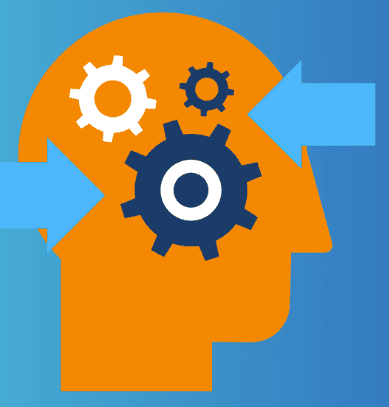
11. Analytics for Decision Making
Utilize AI for real-time business analytics, enabling quicker, data-driven decisions.
Example: A fitness centre uses AI to monitor membership engagement and develop targeted retention strategies.
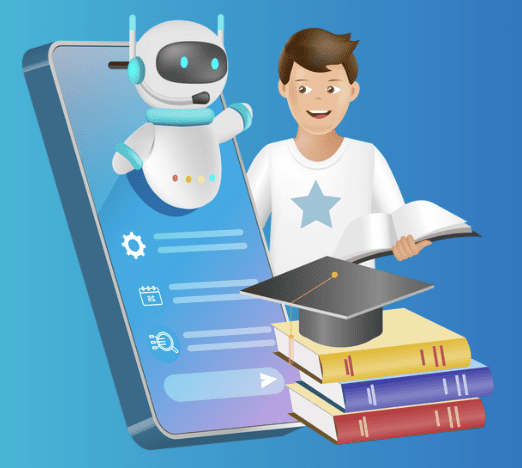
12. Smart Task Allocation
Use AI to allocate tasks based on employee strengths and workload, boosting overall productivity.
Example: A digital agency uses AI to assign tasks to team members based on workload and expertise.

13. Content Generation
Employ AI tools for generating basic content for websites, blogs, or social media, saving time on content creation.
Example: A small travel agency uses AI tools to generate descriptive content for its blog posts on various destinations.

14. Voice Recognition
Employ AI tools for generating basic content for websites, blogs, or social media, saving time on content creation.
Example: A local pharmacy implements a voice-activated inventory search system for quicker access.

15. Customized Customer Experiences
Create AI-driven customized experiences for customers, enhancing satisfaction and loyalty.
Example: A beauty salon uses AI to suggest personalized treatments and products to clients based on past visits.

16. AI-Enhanced Cybersecurity
Strengthen cybersecurity efforts with AI-powered systems to detect and respond to threats faster.
Example: A financial services firm employs AI to monitor their network for potential security breaches continuously.

17. Automated Financial Reporting
Use AI for automated generation of financial reports, saving time in manual data compilation.
Example: A freelance graphic designer uses AI software to generate monthly expense and income reports automatically.

18. Task Automation
Automate routines and repetitive tasks with AI, allowing staff to focus on more strategic activities.
Example: A real estate agency uses AI to automate appointment scheduling and property listing updates.
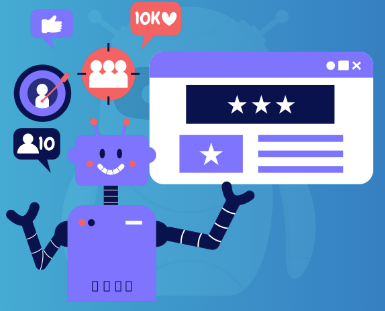
19. Assisted Project Management
Utilize AI tools for better project planning, tracking, and management, improving efficiency.
Example: A small construction company uses AI tools to track project progress and predict potential delays.

20. Optimizing Website UX
Apply AI to analyze and improve website user experience, potentially increasing sales and engagement.
Example: An artisan bakery uses AI to analyze customer behaviour on its website and rearrange the layout for a better user experience.

21. E-commerce Recommendations
Implement AI for personalized product recommendations in e-commerce platforms, enhancing sales and customer experience.
Example: An online apparel store uses AI to show customers clothing items that match their style preferences.
Conclusion
“In conclusion, integrating AI into small and medium-sized businesses is not just a trend but a strategic necessity in today’s fast-paced, technology-driven world. The 21 AI solutions we’ve explored provide a roadmap for leveraging technology to enhance efficiency, reduce costs, and save time. From automating routine tasks to delivering personalized customer experiences, AI stands as a game-changer, enabling businesses to stay competitive, innovate, and grow. As we embrace these AI-driven changes, the potential for transforming businesses’ operations is limitless. The future of business efficiency is here, and it is deeply intertwined with the intelligent application of artificial intelligence.”


